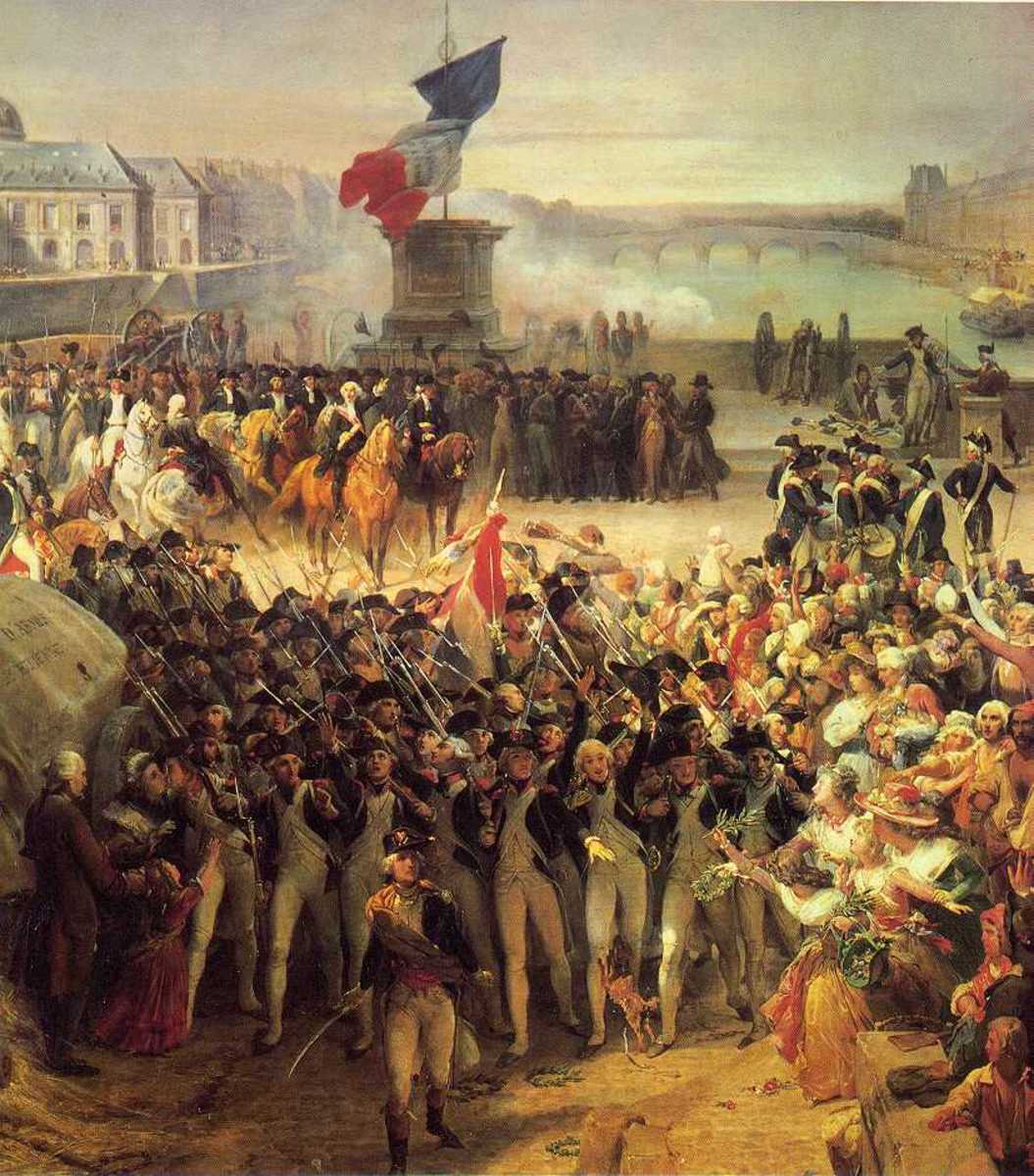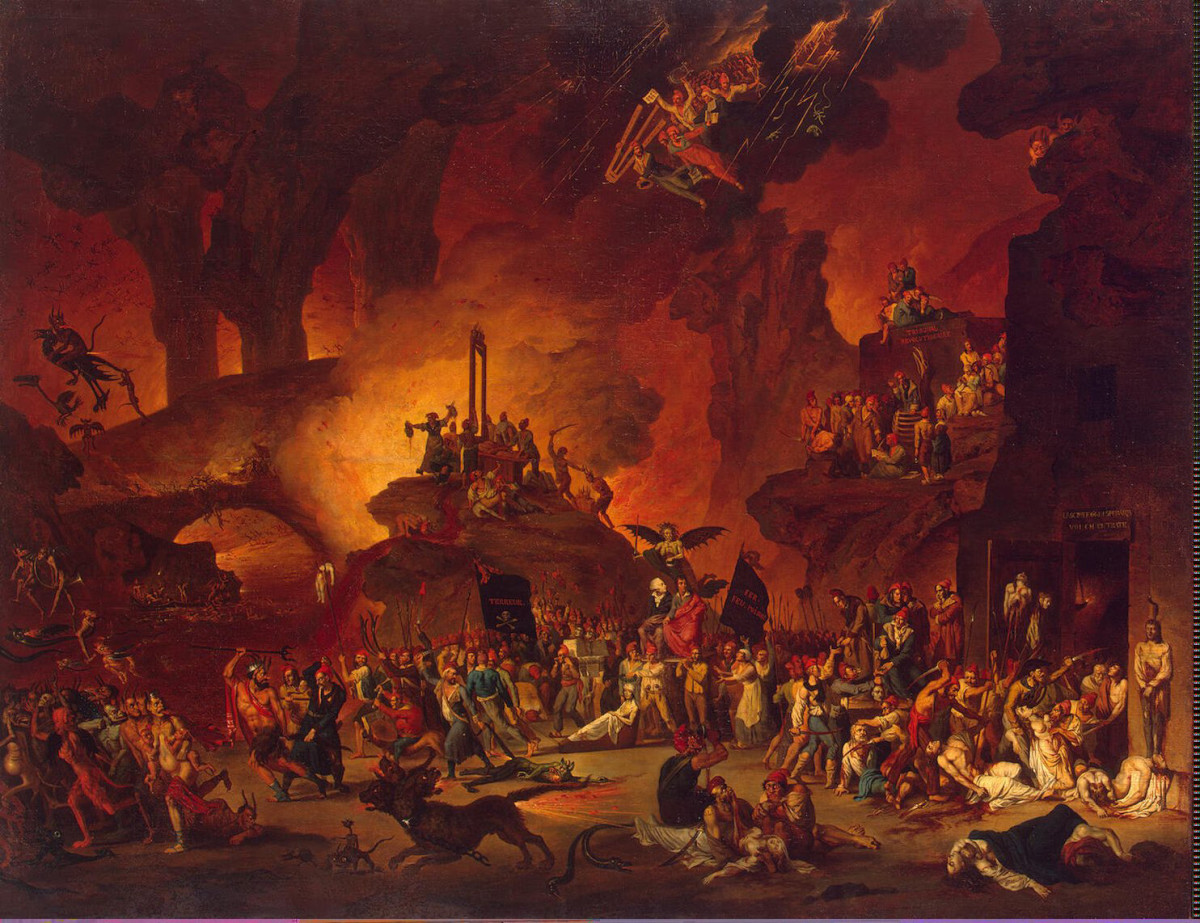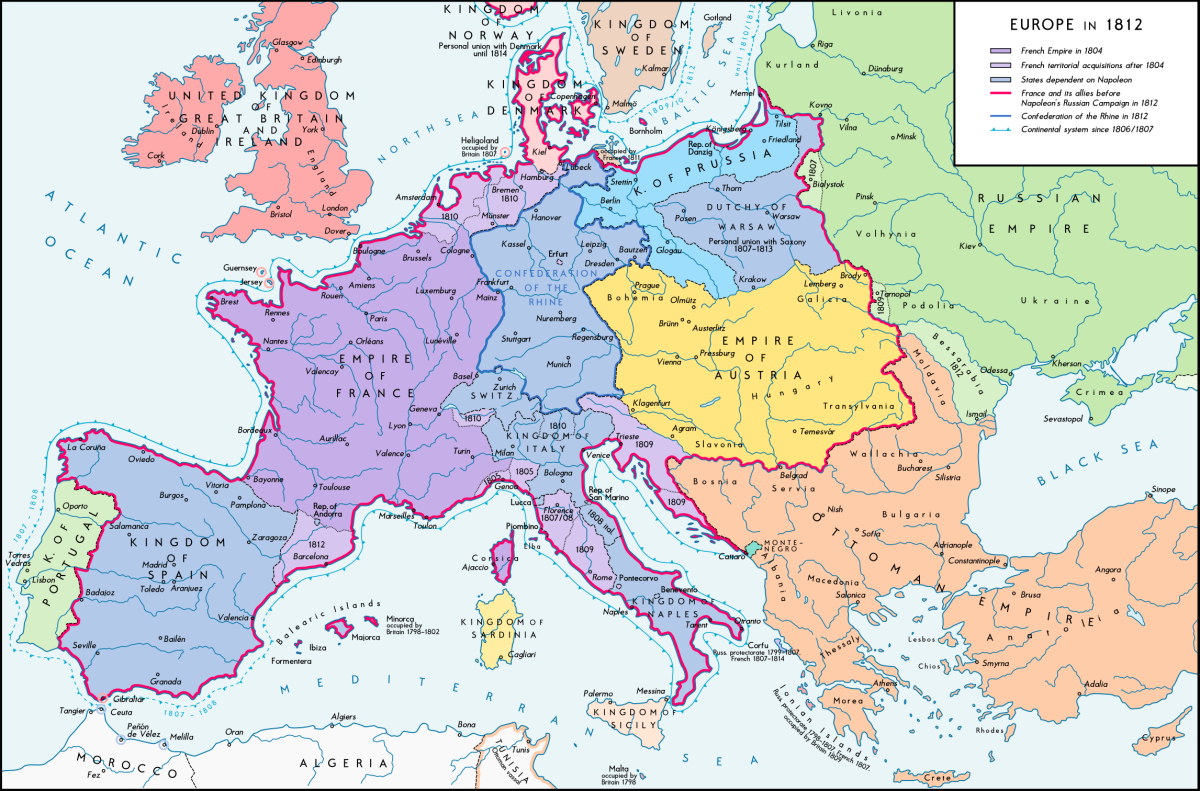Review of Science and Polity in France: The Revolutionary and Napoleonic Years

You might be somewhat stunned at the length of Science and Polity in France: The Revolutionary and Napoleonic Years, by Charles Coulston Gillispie, and you would have quite good reason, for this book, index and bibliography taken into account, stretches over 750 pages in length. A titanic breadth, but at the same time, one that merits it, for Science and Polity in France is also a titanic work, covering everything from the stories of individual scientists, to revolutionary scientific mobilization, scientific developments with incredible detail, education reforms, political relationships to science and scientific organizations, scientific missions, the metric system, and an impressive array of material related to surveying and the implementation of science. The author has an obviously amazing amount of knowledge on the subject (entirely fitting considering his decades of work on it), which is put to good use here. Its length is not mere padding, but instead a true tour de force of the discovery of science, the political regime, and their relationship during the final years of the ancien régime and the French Revolution. By doing so, it covers a transformative period in world history, revealing not only French science, but the great sweeping changes of European thought at the end of the 18th century, and adds to the previous brilliant work of Charles Gillispie, that of Science and Polity in France at the end of the Old Regime.
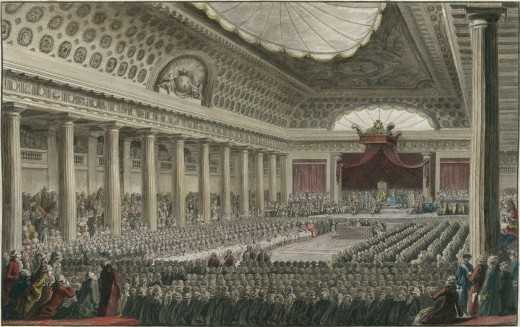
Content
Chapter 1, "Science and Politics under the Constituent Assembly", principally covers a variety of individuals in the French Constituent Assembly, the calling of the Estates-General, these being Condorcet, Bailly (in contrast to the other two, not really a highly prestigious scientist), and Lavoiser. Along the way it exams the various political events that bubbled up in this early stage of the French Revolution. It terminates with discussions of the economic situation of France and the political economy of the nation, as various factions debated over how to resolve the poor economic situation, with scientific advice of Lavoiser ultimately being cast aside.
Chapter 2 "Education, Science, and Politics" covers the education reforms proposed by Condorcet, aiming for a truly national public education system, and also that of Talleyrand, which aimed for the same but which was less ambitious and liberal. It also covers the state of the French education system on the eve of the Revolution. It continues on to describe the political factions and conditions in the crucial year of 1792. This was a period of intense debates over the constitution, the war, the king, and education: Condorcet's education plan came close to being adopted when ultimately discussed, but failed in the end. Various other projects were put forth, including some of extremely radical natures - obligatory boarding schools for all children between the age of 5 and 12, based on the model of Sparata - but none of these were accepted as well. Ultimately, no real resolution was reached on education.
Chapter 3, "The Museum of Natural History and the Academy of Science: Rise and Fall" concerns principally the fate of some of the scientific academies and societies of the Ancien Régime, which faced dramatic changes as they were to be democratized and reformed. Academies were a vital part of the intellectual and professional life under the monarchy, regulating their members and controlling who had access to professions. The Jardin Royal des plantes became the Muséum d'histoire naturelle, meanwhile Société Philomanique, a voluntary scientific society, constituted itself as an important example of non-official scientific societies. The Académie of Science meanwhile, faltered and collapsed, partially in the struggle over patent and intellectual property judgement, a vital question on behalf of artisans, and the revolutionary reaction against académies or any nature.
The metric system is one of the effects of the French Revolution which still is directly in effect today, one of its most important changes that standardized, decimalized, and rendered interchangeable a host of previous measurements. The development of it is recorded in Chapter 4, "The Metric System", which lays out the confusion of previous units, which varied across the country and were not based on universal, "natural", measurements like enlightenment thinkers aspired to, but on customary ones (the author notes, detailing some of the polemics of social history over units and measures, that these units were themselves natural in the sense of corresponding with everyday life, like different equivalents of the bushel for plants corresponding to their density, or land area as the amount of land that a farmer could work in one day, with the latter varying by region to match the way this itself changed by region). Some of the proposals were much more moderate, contemplating only a unification of measures and not going so far as decimalizing them, like those submitted by Talleyrand. There were also intensive debates over what unit of measurement to use for the meter. Putting the spatial examination into action, the French launched a major surveying project: the book follows the (unfortunate) efforts to carry this out.
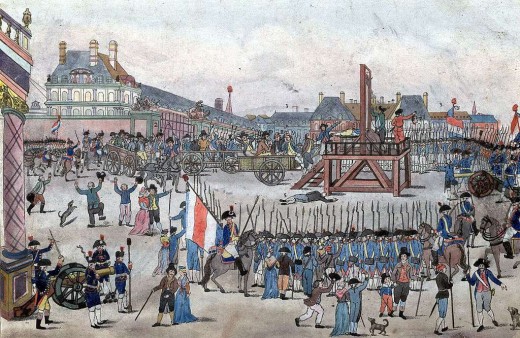
"Science during the Terror", Chapter 5 discusses a variety of programs undertaken at the height of revolutionary turmoil in France, including efforts to safeguard patrimony of cultural, historical, or scientific value, the revolutionary calendar, the fate of the royal observatory, the College de France, and then proceeding to the individual fate of the hosts of scientists in this period, culminating with that of poor Condercet, a man who was in many ways the father of political science, a republican and democrat, a man of enlightenment virtues, driven into hiding and ultimate death by the suspicion and terror of the worst days of the French Revolution.
Chapter 6, "Scientists at War" starts with the administration of the French Naval Ministry by Gaspard Monge and Meusnier, a scientist-transformed-into-a-general, unique for being both political and scientific figures. It also covers some of the details of Carnot From this it proceeds to cover the scientific projects of the revolution itself, including ideas for new weapons, such as explosive shells, rationalization and development of the saltpeter industry, the mobilization of resources, and the massive program of armaments carried out in Paris. New inventions such as the telegraph arrived, as well as less dramatic ones such as the graphite pencil. French scientists and conservationists were also busy in French occupied territories, either, depending on one's point of view, looting or preserving their artistic treasures.
The 7th Chapter, "Thermidorean Reaction and Directory", passes beyond this hectic time of terror and internal bloodletting into the calmer and more stable, if perhaps less revolutionary times, of the Thermidorean Reaction after the fall of Robespierre. During this time science in the French Republic became more institutionalized, as at last its organizations were reconstituted and put back on solid footing after they revolutionary abolishment and collapse. New replacements for the old academies were created, reformed and renewed. Furthermore, higher education once again was re-established, with particular note being taken to examine the Ecole polytechnique, the centerstone of the French technocratic elite. It also covers the establishment of the modern medical education system in France. Along the way it also deals with the challenges of "revolutionary courses", as attempts to continue education ran into constant challenges during the revolution.
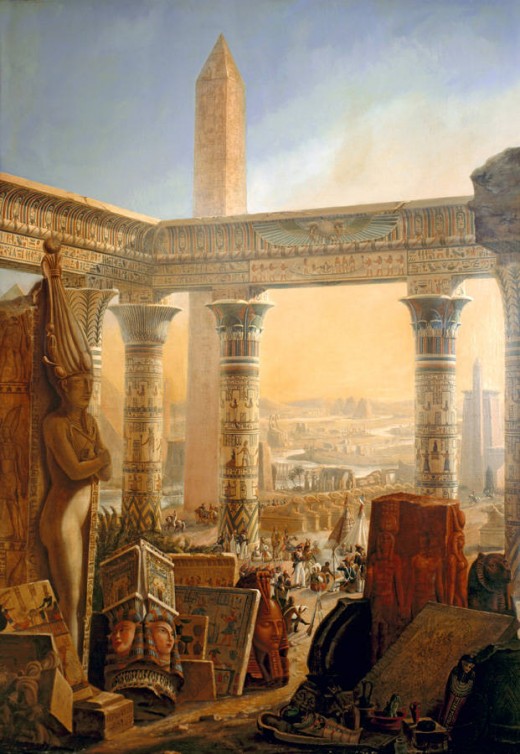
Chapter 8, "Bonaparte and the Scientific Community" starts with the French operations in Italy, conquered by the French under Napoleon and where they looted much cultural and scientific patrimony, much like in Belgium, then deals with Bonaparte's own relationship to scientists (generally limited, and mostly concerning the physical sciences), his reforms, Napoleonic objectives and prestige associated with scientific enterprises, technocratic governance under the First Consul, journals intended to promote industry and science, but above all else its extensive devotion to the subject of the Napoleonic invasion of Egypt. There, following on previous expeditions in Belgium and Italy, the French sent a large team of scientific experts who did much to survey, explore, chart, examine, and scientifically analyze Egypt, famously opening it up to the West.
Chapter 9, "Positivist Science", remarks on the scientific developments present in a wide range of fields, in the creation and development of new scientific disciplines. This concerned the life sciences where comparative anatomy and experimental physiology dealt with the variety of French naturalists and their efforts to classify life, before covering the fields of mathematical physics (just beginning, as physics was previously not a very mathematical-based field) optics, acoustics, electricity, magnetism, work, energy, heat, electrodynamics, etc.
Review
Any reader will be amazed by the grasp of the author over the sheer degree of minutia of the French Revolution combined with his incredible amount of knowledge of scientific development. Not simply a historian, he clearly has a rigorous training and understanding of science, precisely dealing with his subject with insightful skill. Be it in chemistry, electricity, math, surveying, physics, all of these are fields which he intimately understands. The Revolution itself is also something that he has a breathtaking breadth of knowledge about, ranging from its individuals, to education and institutions, to actions undertaken in its name. Any chapter of its history is sure to include an impressive amount of material, masterfully interpreted and made available to the reader.
Clarity of argument concerning institutional transformations and why they were important. Often during the French Revolution one hears about the corporatist society (one split into established orders which were self-regulating, such as how artists were constrained by the Académie royale de peinture et de sculpture) of the ancien régime, without going into the ways in which this restricted the freedoms of those who lived under it, what were the restrictions, how even this corporatist society worked beyond vague sketches. In providing for the brilliant and highly detailed description of the organization of the ancien regime society in its relationship to science and the intellectual arts, the book is quite a useful tome for understanding how these structures worked. Similar note can be made about the clear defintion and understanding of the transition between the Enlightenment "encyclopedic" way of science and the 19th century positivist one - the former marked by attempting to categorize and classify, the latter to marshal observations and conduct experiments to impact the world.
An important underlying note of humanity helps to complete the style of the book, as one can feel the sympathy of the author for figures such Lavoisier, or above all else Condorcet, these intelligent, principled, even heroic men, dead under the stress of the Revolution or under her blade. One gets a sense of feeling for their personalities, and Gillispie is always eager to include sufficient detail as to make the people contained ones who are more than just cut-outs.
Furthermore, the author's flourishes, rhetoric, and skill in the text can only be commended. To provide just one example, from page 144, "Enjoying life, the Girondists were republicans for whom the Revolution was a great adventure. 59 Harboring resentments, the Montagnards were republicans, and some few were democrats, for whom the Revolution was a great cause," strikes one as a brilliant description of these two great political factions of the early French Revolution, and throughout the book, even if as I note later, there sometimes is a tendency to engage in somewhat dry and unnecessary subjects, the skill and flair with which this is accomplishes makes it lively and intriguing where otherwise nothing but barren traverses of the desert might beckon. True, for a work of such great length, on subjects which are esoteric to all but the most well informed observer, the book can inevitable be a struggle to work through. But this is something which I feel would inevitably true for any on this subject matter, and it manages to bring out, in addition to its copious amounts of information, much of the fascinating, the intriguing, and the revolutionary in this critical moment of French, scientific, and world history.
As one minor drawback, the Napoleonic era itself is very briefly covered, but this seems to stem from the author's contention that science had been institutionalized and formalized by the Directory, and hence much of the dramatic changes which occurred in the relationship between science, and the French polity, were already settled. Broadly, this seems correct - the Revolution had set the mold for the shape of the French relationship between science and government for the centuries to come, and the Napoleonic era, asides from tinkering around the edges, essentially continued the same story.
For anybody interested in the French Revolution, in the development of science of a vast range of categories in the late 18th and early 19th centuries, the development of education and its politics to it in France, the Napoleonic expeditions to Egypt, the role of science in the enlightenment and the emergence of the French Revolution, the organizational structure of science, and the way in which patterns of thought and the structure of science changed, there are few tomes more invaluable.
© 2018 Ryan Thomas



